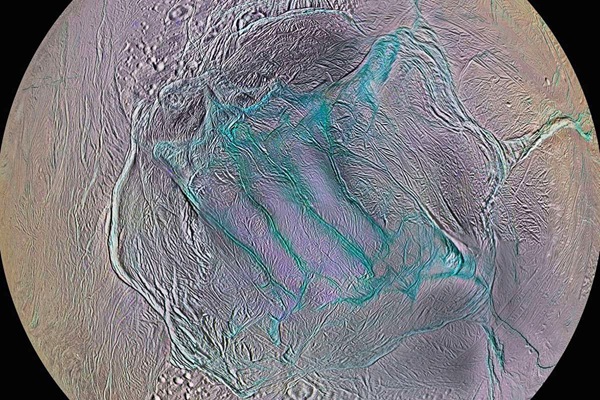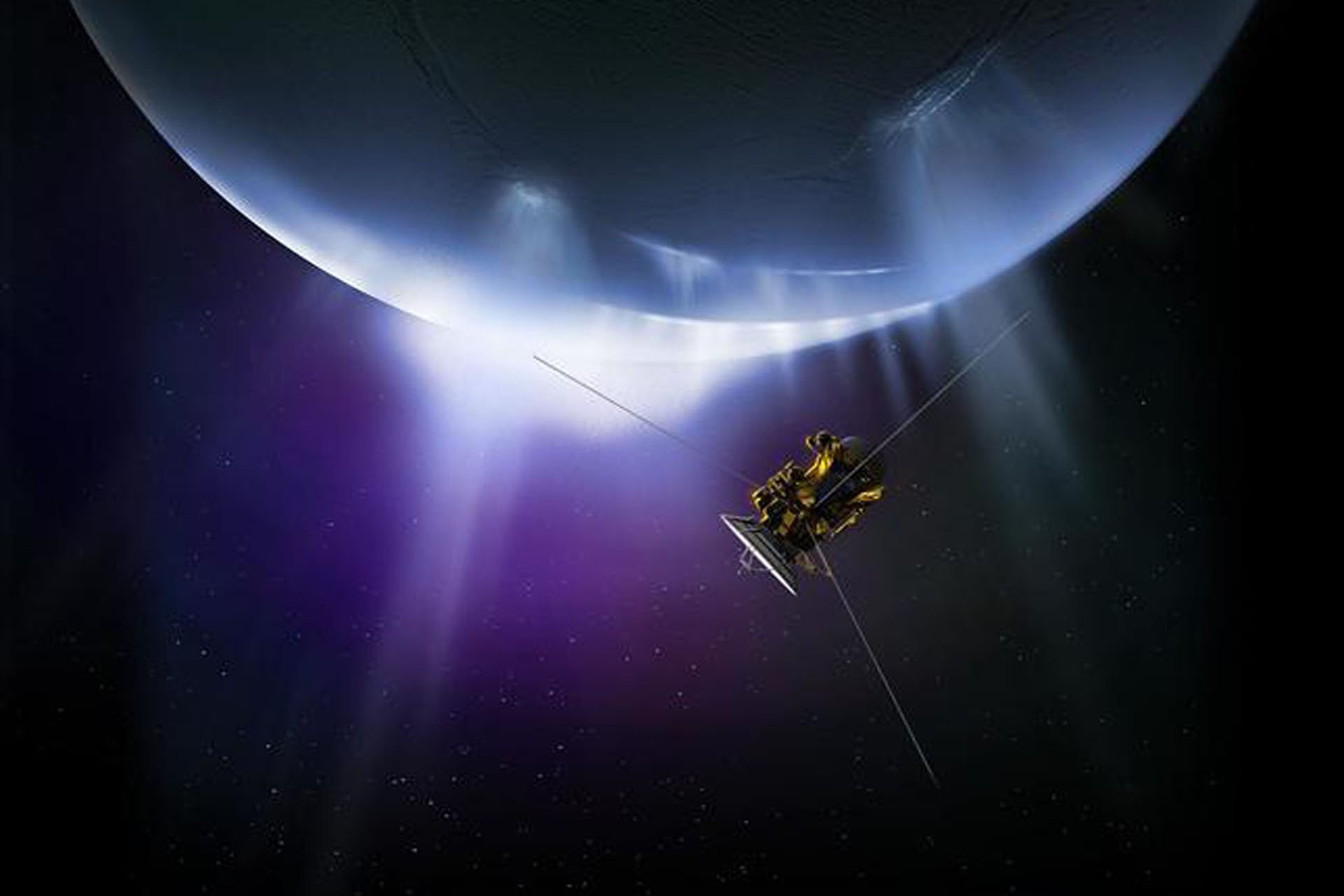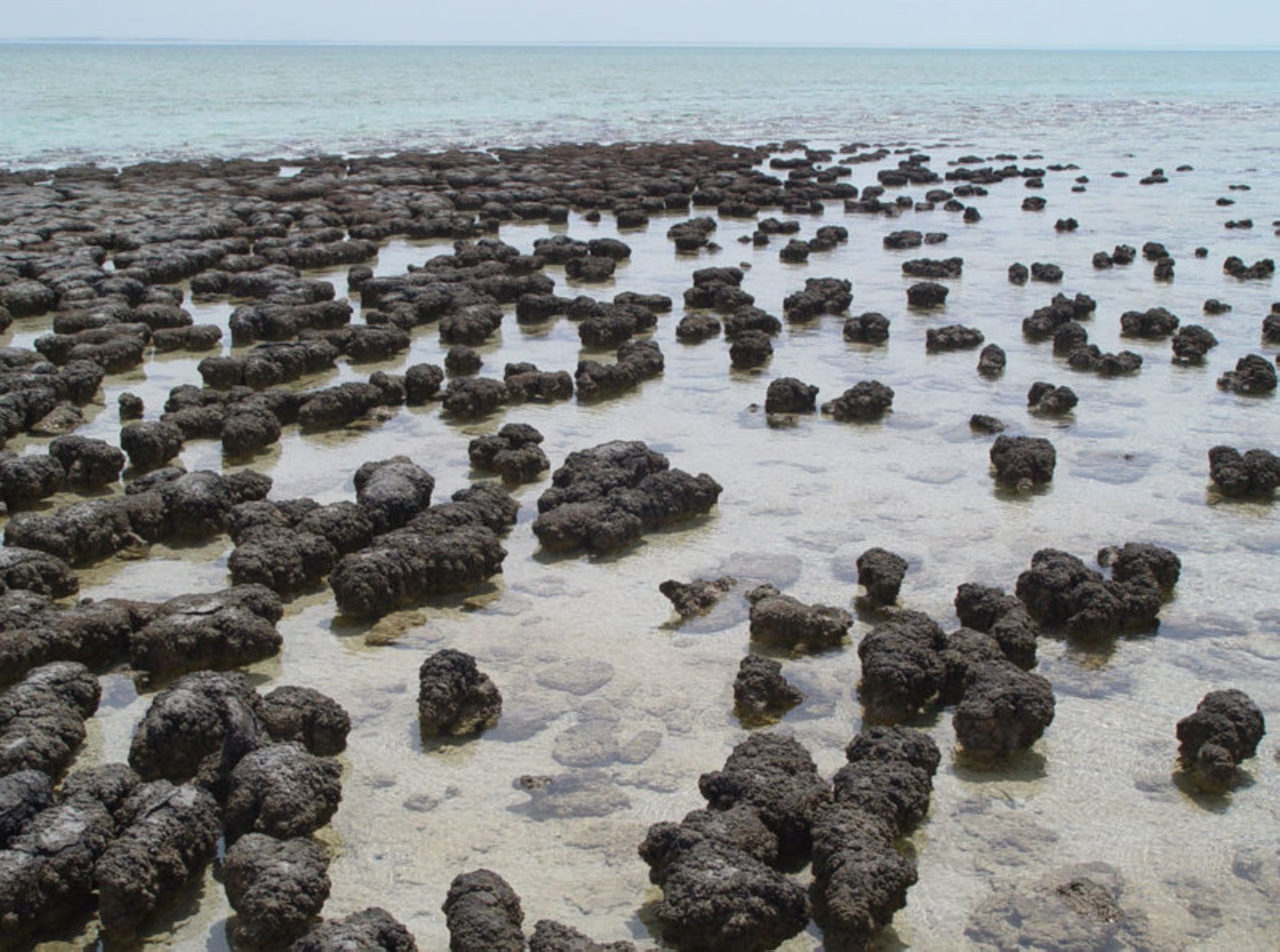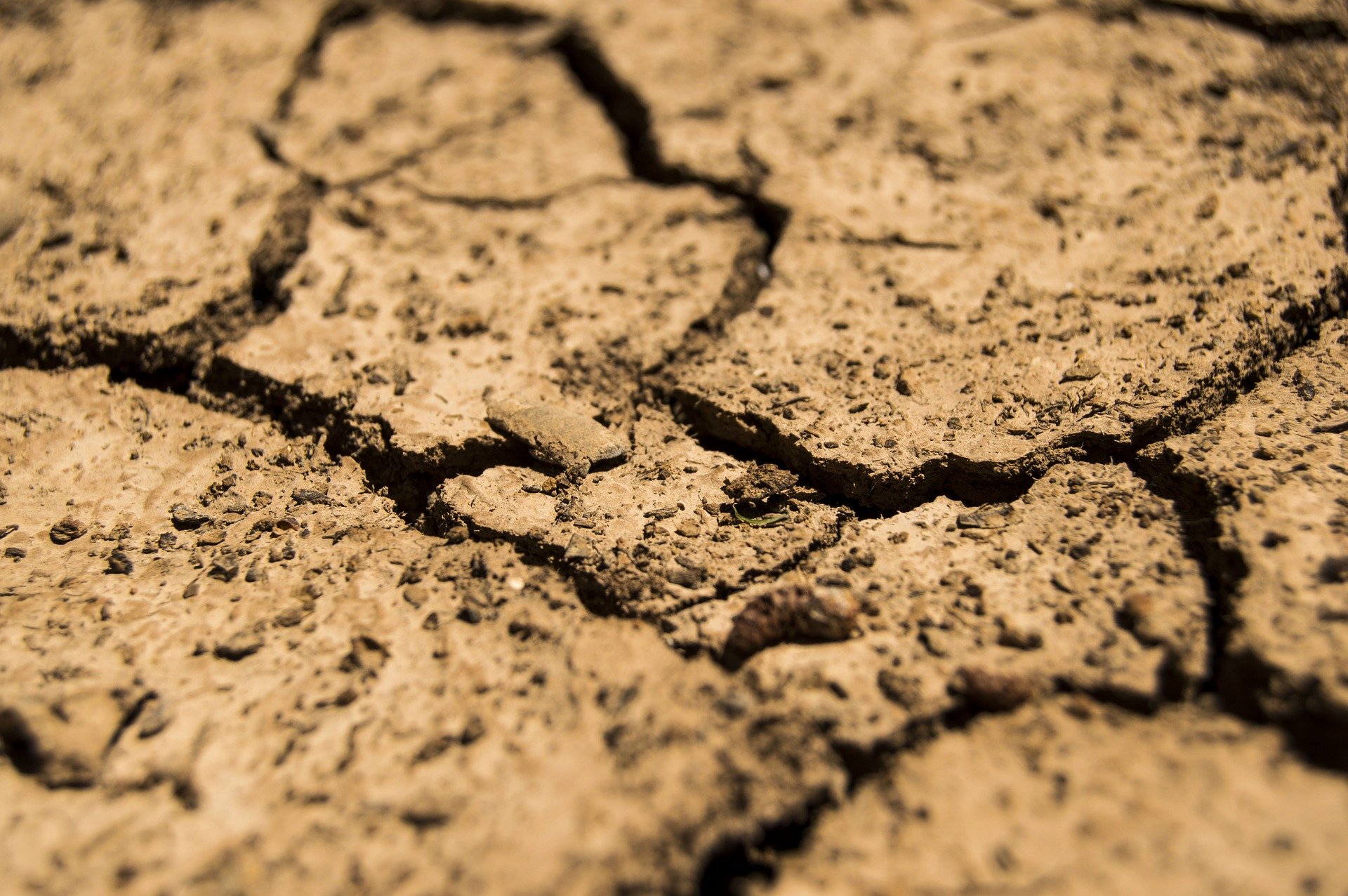Update Mars Part 4/4 - The moon Enceladus is also quite interesting.
Enceladus is one of the 82 moons of Saturn. Here, too, geysers have been observed and science is eager to investigate them further.
Here is Enceladus.
Enceladus has the largest albedo (reflection of light) in the solar system. It is slightly larger than 90%, that is, the surface of Enceladus reflects almost all sunlight.
There is an atmosphere of water vapor. With its 500 kilometers in diameter, the moon is too small to hold an atmosphere. This means that the atmosphere is constantly being replenished, the observed geysers are the designated candidates.
Enceladus is on average 238 000 km away from Saturn and orbits it in 32 hours and 53 minutes. The moon moves in saturn’s outer ring, the so-called E-ring. The view from Enceladus to Saturn would be overwhelming. The ringed planet would be as much as 60 times larger than our own moon, this is a sky-filling and continuous panorama. Wondering if we would get used to that.
Like many natural satellites, Enceladus orbits Saturn synchronously. The orbital period is equal to its own rotation period, so Enceladus always shows the same side to Saturn.
Relatively few impact craters can be seen. This indicates that the surface is constantly renewed by, for example, icing. Taking into account the possible frequency of impacts, the surface is estimated at about 100 million years.
The research of Enceladus.
Voyager 1 and 2 provided the first images of this icy moon. A more detailed exploration of Enceladus could not be done until the Cassini spacecraft arrived in orbit around Saturn on June 30, 2004. Numerous (almost 25 between 2005 and 2010) very close approaches were planned, once to only 25 km from the surface. It was then that the geysers in the geologically active Antarctic came into view. Frozen water droplets are spewed out to an altitude of almost 500 kilometers. They could explain part of the formation of the rings around Saturn, so they are probably the source of the material in Saturn’s E-ring. Cassini then literally flew through such a plume of water and from then on plans were made for further investigation.
It is suspected that deep below the frozen surface (at a depth of 3 to 4 km) there is a liquid ocean of salt water. The water can remain liquid:
- Salt water does not freeze as quickly.
- By a kind of tidal action that kneads the interior of the moon, as it were.
- Due to a closed electrical current circuit present between Saturn and Enceladus, this means a constant flow of charged particles.
Scientists take into account hydrothermal vents at the bottom of that ocean. The environment of a hydrothermal spring under water already forms a unique biotope for us on earth. Chemo synthetic archaea live on the minerals dissolved in the warm water. Methane can also be formed in this way and could thus support microorganisms. So these primitive life forms do not need sunlight.
Infrared images show large dark cracks in the surface at the South Pole. These appear to have a continuous supply of fresh ice, indicating geological activity.

The deep ice cracks at the south pole of Enceladus. Photo from NASA.
In the future (the plans are still on the drawing board) NASA wants to bring a lunar lander to the spot. By heating it at the bottom, one wants to lower it through the ice into the liquid ocean. There it could then sail around like a mini submarine and look for microscopic traces of life.
This project by Enceladus (which has not yet been given a name) should take shape around 2040. NASA sees it as a second chance (in addition to Mars) to find traces of extraterrestrial life, a job it wants to complete within 25 years.






Comments